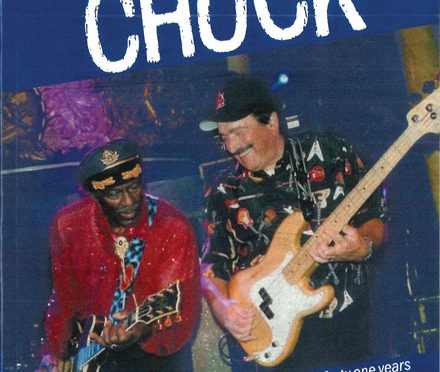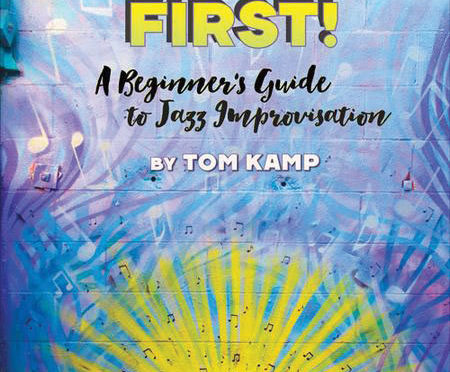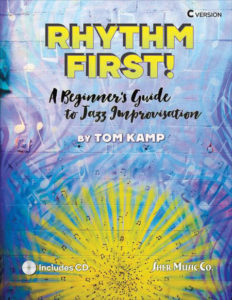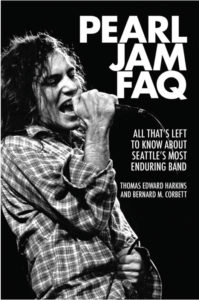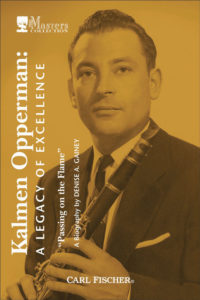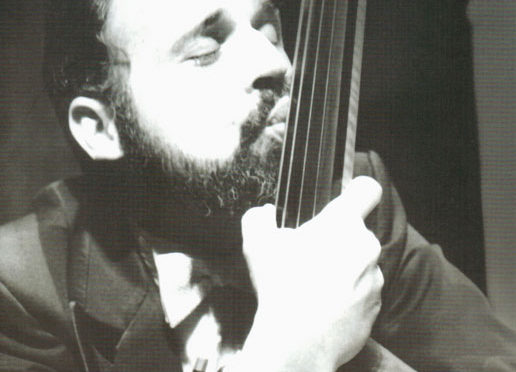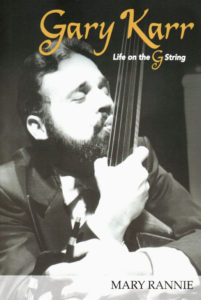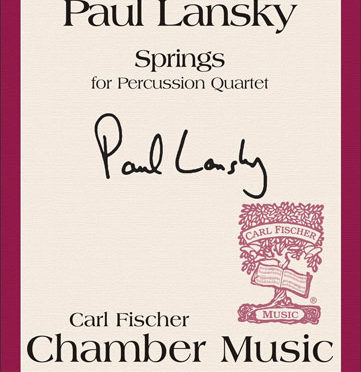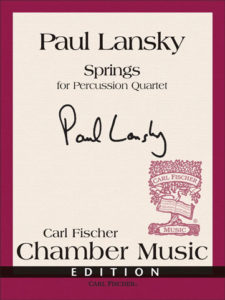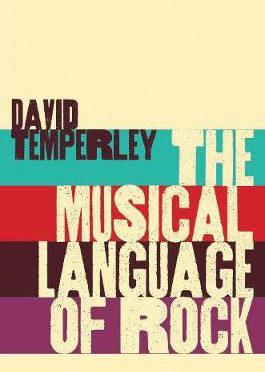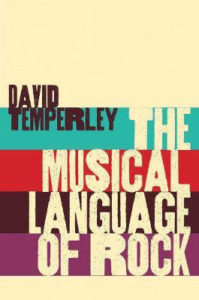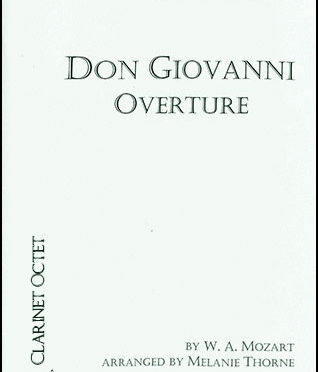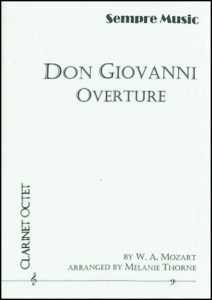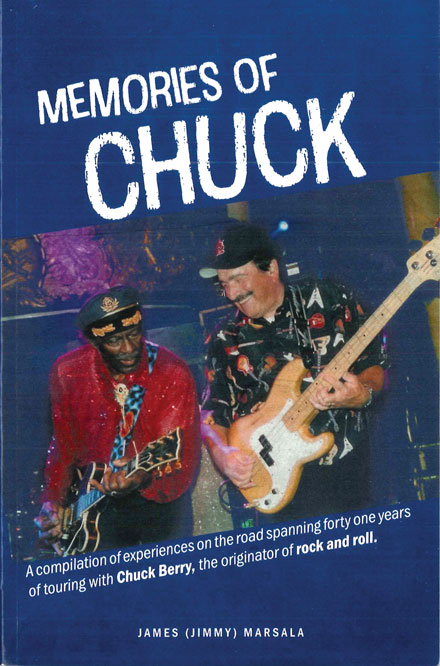
James “Jimmy” Marsala played bass and was the band leader for Chuck Berry for 41 years. In his new book, the Local 2-197 (St. Louis, MO) member offers readers some of his experiences on the road with this pioneer of rock and roll. He provides insights into Berry’s character, and seeks to set the record straight regarding the rumor that Berry was a hard man to deal with. Filled with musical history, entertaining stories, and a vast array of photographs, this book offers a unique perspective on Berry as a man, musician, and, most of all, friend.
Memories of Chuck: A Compilation of Experiences on the Road Spanning 41 Years of Touring with Chuck Berry, the Originator of Rock and Roll, by James “Jimmy” Marsala, www.friesenpress.com.


